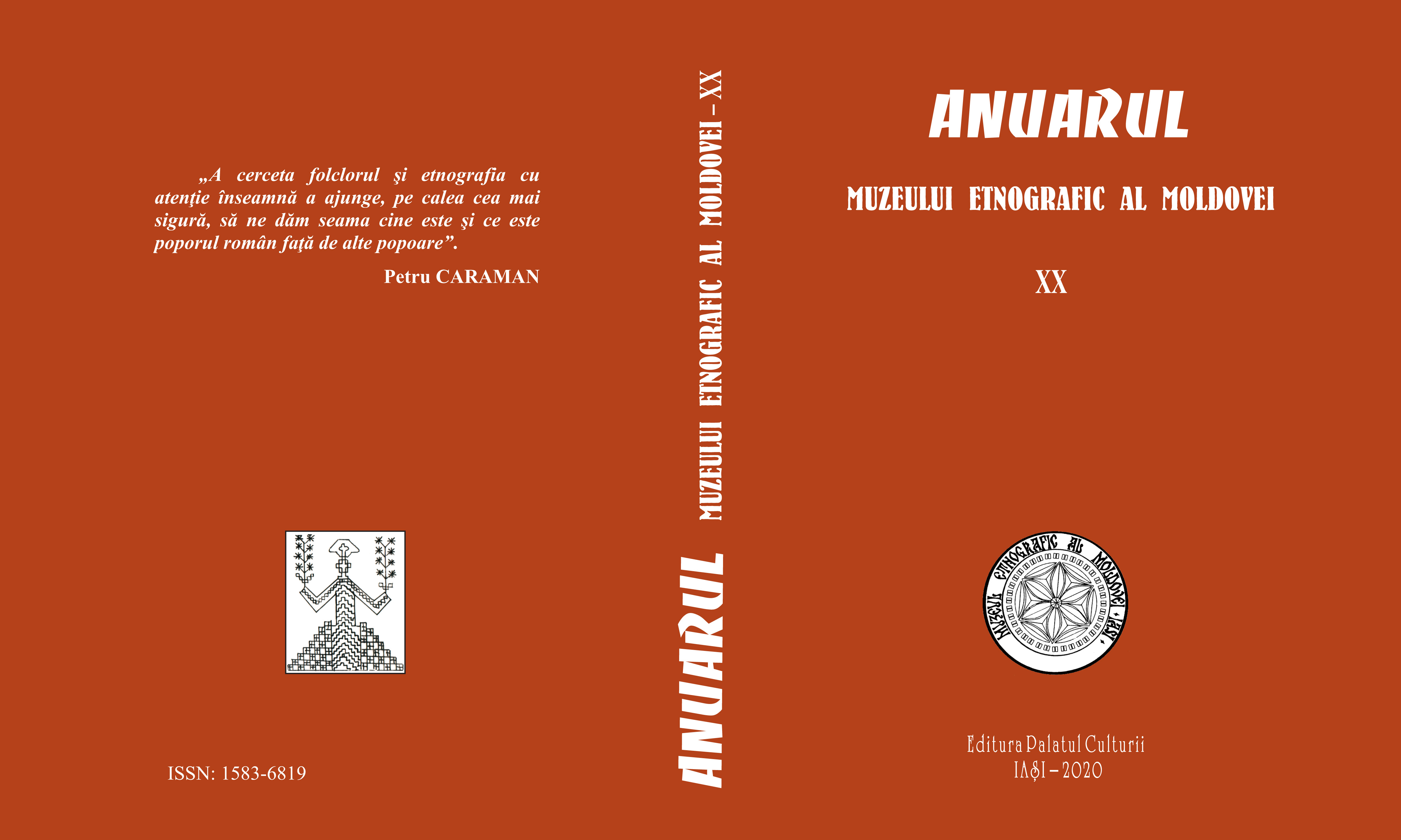Restituţii olfactive. Utilizarea răşinilor exotice şi a apelor odorizante în spaţiul extracarpatic românesc (secolele XVII-XIX)
Olfactory Restitutions. The Use of Exotic Resins and of Odorant Waters in the Extra-Carpathian Regions of Romania (17th-19th Centuries)
Author(s): Ioan IațcuSubject(s): Cultural Anthropology / Ethnology
Published by: Editura Palatul Culturii
Keywords: frankincense; myrrh; agarwood; “buhurdan”; costmary; evening-scented stock;
Summary/Abstract: The present study has as starting point the analysis of two eastern plants (costmary and evening-scented stocks) which were grown in the village gardens of the 19th and 20th centuries. The two flowers, along with basil and sweet sultan, confirm a certain predilection of people, mainly from the rural area, for plants with heavy yet nice fragrances. These flowers are part of an eastern scents palette, which also includes exotic resins, frankincense, myrrh or agarwood. As regards frankincense and myrrh, an ample trade is documented for Moldavia and Wallachia, which was of high interest to the ruler. He offered frankincense, which was considered a “royal gift”, to churches and monasteries. The agarwood, one of the most expensive resins, was used mostly in private spaces. Frankincense, as well as agarwood, was used in ceremonies held by both churches and royal courts. As in Istanbul, it was customary for rulers and boyars to have a servant (“burdagiu”) in charge of fumigations and of spraying rose water, for which two types of containers were used: “buhurdan” and “gülabdan”. Beyond being spectacular, this practice was necessary as the rose water was a liquid with antiseptic properties, while the exotic resins fumigations had mainly a prophylactic purpose. At that time, the above mentioned substances were handy antibacterial remedies for those who knew the effects of the devastating cholera epidemics. In such circumstances, it is easy to understand why some persons showed unconcealed caution in meeting guests from remote areas who could be disease carriers or could bring misfortunes if entering the domestic space. Therefore, there is an explanation for the fact that, in Romanian culture, strong and nice scented flowers are named after some eastern resins, so that ca. 25 plant species have been designated with the help of the term frankincense.
Journal: Anuarul Muzeului Etnografic al Moldovei
- Issue Year: 2020
- Issue No: 20
- Page Range: 167-188
- Page Count: 22
- Language: Romanian

